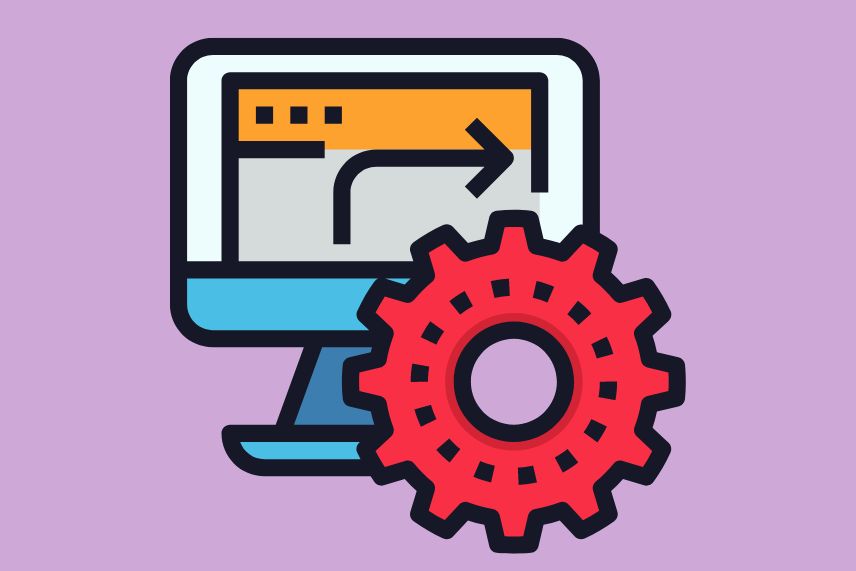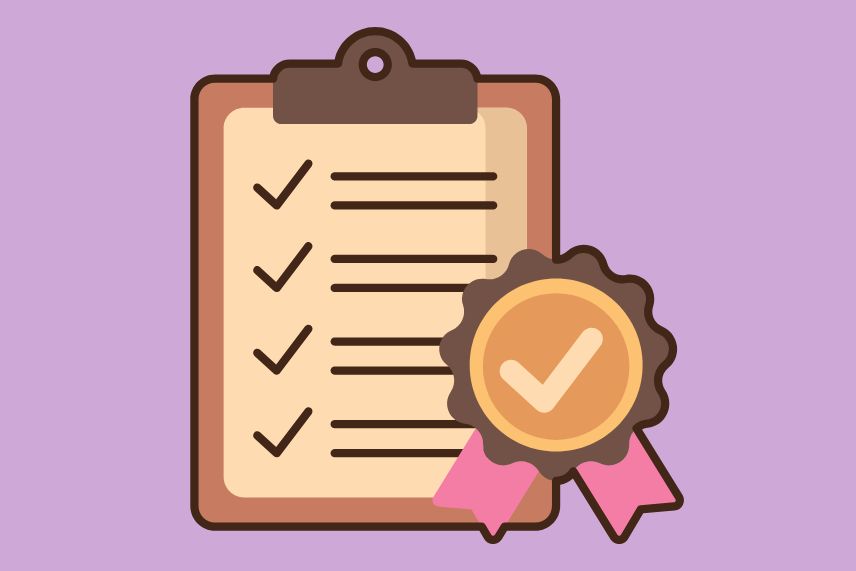How often have you looked at your sales pipeline and felt overwhelmed? If you’re like most salespeople, the answer is probably “too often.”
Gone are the days when a sales pipeline was a simple linear process. Today, sales pipelines are more complex than ever, with more steps and more touchpoints.
With all of these moving parts, it’s no wonder that managing a sales pipeline can feel like a daunting task. But it doesn’t have to be!
There are a few key things you can do to manage your sales pipeline more effectively. However, it must be noted that there is no one-size-fits-all solution. How you manage your sales pipeline will depend on factors like your business, your products, and your customers.
That said, the following will give you a good starting point.
Understanding Sales Pipeline Management

Sales pipeline management is the process of tracking and managing sales opportunities through the sales cycle. The sales cycle is the journey that a potential customer takes, from being aware of your product or service to becoming a paying customer.
A sales pipeline typically consists of several stages, each representing a different stage in the sales cycle. For example, the typical sales cycle includes stages such as “Lead,” “Contact,” “Opportunity,” and “Customer.”
When managed effectively, a sales pipeline can give you a clear picture of your current sales situation, where your deals are in the sales cycle, and what needs to be done to close them.
For example, if you know that you have 10 deals in your pipeline and that 5 of them are in the “Opportunity” stage, you can focus your efforts on those 5 deals and work to move them through the sales cycle.
Moreover, effective sales pipeline management can help you to identify issues and roadblocks early on, so that you can address them before they become major problems.
Suppose, for example, that you notice that a large number of your deals are getting stuck in the “Lead” stage. This could be an indication that your sales team needs more training on how to qualify leads effectively.
What are the Different Stages of a Standardized Sales Process?
While the specific stages of a sales pipeline will vary depending on your business, there are some common stages that are typically included.
The following is a brief overview of the typical stages in a sales pipeline:
- Initial Contact:
This is the stage where a potential customer is first contacted by a member of your sales team. This contact can be made in person, over the phone, or via email. Please note that while this potential customer enters your sales pipeline, they may or may not be a sales qualified lead yet.
- Lead Qualification:
In this stage, your sales team will work to determine if a potential customer is a good fit for your products or services. This process typically includes collecting information about the potential customer’s needs and budget. Also, if the contact shows maximum interest, you can invite him to your office or set up a meeting. It is in this stage that most of the selling takes place.
- Meeting:
This is the stage where you meet with the potential customer to discuss your products or services in more detail. The goal of this meeting is to get a better understanding of the potential customer’s needs and to see if there is a fit.
- Need Analysis:
In this stage, your sales team will work to understand the potential customer’s needs in more detail. This process typically includes collecting information about the potential customer’s goals, pain points, and budget.
- Proposal:
In this stage, your sales team will create a proposal for the potential customer. This proposal should outline your proposed solution to the potential customer’s needs and include pricing information.
- Negotiation:
In this stage, you and the potential customer will negotiate the terms of the deal. This process typically includes discussing pricing, payment terms, delivery dates, and other important details.
- Closed Deal:
In this stage, the deal is closed, and the customer becomes a paying customer. Congrats! You did it!
MORE: Tools like Cognism can help you improve your sales pipeline.
8 Best Practices to Manage a Healthy Sales Pipeline
Now that you understand what a sales pipeline is and the different stages involved, it’s time to learn how to manage your sales pipeline effectively.
Here are 10 best practices that every sales manager should follow to manage a healthy sales pipeline:
Following up is critical
One of the most important aspects of sales pipeline management is following up with potential customers. Unfortunately, this is also one of the most commonly overlooked aspects of sales.
It’s important to remember that even if a potential customer seems uninterested, they could still be considering your product or service. By following up, you can keep your business top-of-mind and increase the chances of making a sale.
For example, you can set a follow-up task in your CRM for each new lead that comes in. Then, make sure to schedule time each day to reach out to those leads.
At SaaSGenius, we have reviewed some of the best CRM software on the market to help you find the perfect solution for your business.
We are not saying to spam potential customers with multiple calls and emails each day. But a quick call or email every few days can go a long way in keeping your business top-of-mind.
Identify the part of the sales process that is the most challenging for your team
Every sales team is different, which means that every sales pipeline will be different. One of the best ways to manage your sales pipeline effectively is to identify the part of the sales process that is the most challenging for your team.
For example, maybe your team struggles with generating new leads. If this is the case, you can focus on lead generation strategies and put more emphasis on this stage of the sales process.
Or maybe your team manages to get potential customers interested but then has trouble closing the deal. In this case, you can focus on improving your team’s negotiation skills.
By identifying the part of the sales process that is most challenging for your team, you can focus on improving that specific area and making your sales pipeline more effective.
The following are the major stages of the sales process:
- Prospecting
- Qualifying Leads
- Following Up
- Closing
- Using Multiple Lead Sources
Drop dead leads
One of the biggest mistakes that most sales managers make with their marketing teams is that they don’t drop dead leads. A dead lead is a lead that will never buy your product or services for one reason or another.
For example, a dead lead could be a lead that doesn’t have the budget for your product. Or, a dead lead could be someone who is not interested in your product.
Whatever the reason, if you know that a lead is never going to buy from you, it’s best to drop them from your sales pipeline. This may seem counterintuitive, but hear us out.
By removing dead leads from your sales pipeline, you can focus on the leads that are actually interested in buying from you. This will save your team time and help you close more deals.
It’s also important to remember that your sales pipeline is not unlimited. You can only have so many leads in your sales pipeline at any given time.
By removing dead leads, you free up space in your sales pipeline so that you can add new, more qualified leads.
Automate where possible

With the help of technology, it’s now possible to automate various parts of the sales process. For example, you can use a CRM to automate tasks such as lead capture, follow-up emails, and appointment scheduling — or deploy an AI SDR agent to intelligently qualify leads, personalize outreach, and move prospects through the pipeline more efficiently.
By automating these tasks, you can save your team a lot of time and help them close more deals. In addition, automation can help you stay organized and keep track of your sales pipeline more effectively.
On the other hand, project management software can help you manage sales projects more effectively and keep track of your team’s progress.
There are a variety of sales automation tools on the market, so it’s important to find the ones that work best for your team.
Moreover, you can use Business Process Management (BPM) software to automate various tasks related to sales, such as lead capture, follow-up emails, and appointment scheduling. For instance, you can use BPS software to create a sales process flowchart that will help you visualize your sales pipeline and track your team’s progress.
If you’re not using any automation tools in your sales process, we recommend that you start doing so as soon as possible. Trust us, you won’t regret it!
Monitor your pipeline metrics
When was the last time you checked your sales pipeline metrics? If it’s been a while, now is the time to do it.
Sales pipeline metrics are the KPIs (key performance indicators) that you use to track the performance of your sales pipeline. By monitoring your sales pipeline metrics, you can identify areas that need improvement and make changes accordingly.
In other words, your sales pipeline metrics will give you valuable insights into the health of your sales pipeline. For example, your conversion rate will tell you how many leads are converting into customers.
If you notice that your conversion rate is low, it could be an indication that something is wrong with your sales process. Maybe your team is having trouble generating qualified leads. Or maybe they’re having trouble closing deals.
Whatever the case may be, by monitoring your sales pipeline metrics, you can identify the areas that need improvement and take steps to fix them.
Some of the most important sales pipeline metrics that you should be tracking include:
- Lead conversion rate
- Time to close
- Win rate
- Average deal size
- Sales cycle length
If you’re not sure how to calculate these metrics or what they mean, don’t worry. We’ve got you covered.
Lead conversion rate is the percentage of leads that are converted into customers. The close rate is the percentage of deals that are closed. The win rate is the percentage of deals that are won. Deal size is the average value of a deal. And the sales cycle length is the average length of time it takes to close a deal.
These are just a few of the most important sales pipeline metrics that you should be tracking. By monitoring these metrics, you can get a better understanding of your sales pipeline and identify areas that need improvement.
Keep your sales cycle as short as possible to win the deal
The most underrated tip for sales pipeline management is to keep your sales cycle as short as possible.
A lot of times, sales teams make the mistake of taking too long to close a deal. They think that the longer they drag out the process, the more likely they are to close the deal. But that’s not always the case.
In fact, research has shown that shorter sales cycles are more effective. A study by Forrester found that organizations with short sales cycles are twice as likely to reach their quotas than those with long sales cycles.
So, if you want to win more deals, you need to focus on making your sales cycle shorter. There are a few things you can do to achieve this:
- Make sure your sales team is qualified to sell your product or service
- Generate more leads and qualify them quickly
- Close deals quickly once you’ve generated them
Moreover, you need to make sure that your sales team is focused on closing deals, not just generating leads. A lot of times, sales teams get so caught up in the lead generation process that they forget about the importance of closing deals.
If you want to win more deals, you need to make sure your sales team is focused on the entire sales cycle, not just the lead generation process. By doing this, you can shorten your sales cycle and close more deals.
Give your prospects more content and show value
The most overlooked part of the sales pipeline is content.
When it comes to the sales process, a lot of times, sales teams focus on generating leads and then trying to close deals as quickly as possible. But what they forget is that there’s a middle part of the sales process where you need to provide value to your prospects and build relationships with them.
This is where content comes in.
If you want to win more deals, you need to give your prospects more content that shows them the value of your product or service. By providing valuable content, you can build relationships with your prospects and position yourself as a trusted advisor.
Some types of content that you can use to show value include:
- Blog posts
- Videos
- Podcasts
- White papers
- eBooks
- Infographics
If you want to win more deals, focus on providing value to your prospects with content. By doing this, you can build relationships and position yourself as a trusted advisor.
The way you design your content will also play a role in how effective it is. The layout, graphics, and overall design should be engaging and easy to consume. If your content is dry or difficult to read, prospects will likely tune out.
Investing in great design will make your content more effective and help you win more deals.
Take a look at the best graphic design software that we have reviewed to get started.
Take control of your sales by standardizing the process

If you want to close more deals, you need to take control of your sales process.
A lot of times, sales teams get so caught up in the day-to-day that they forget to standardize sales process. As a result, they end up with a disorganized and inefficient sales process.
To fix this, you need to take the time to standardize your sales process. By doing this, you can take control of your sales pipeline and improve your close rate.
There are a few things you can do to standardize your sales process:
- Create templates for important documents such as proposals and contracts
- Develop standardized processes for important tasks such as generating leads and qualifying prospects
- Use a CRM to track your sales pipeline and manage your deals
A lot of times, sales teams get bogged down with administrative tasks such as data entry and lead follow-up. These tasks can take up a lot of time and make it difficult for salespeople to focus on selling.
Fortunately, there are a variety of tools that you can use to automate these tasks. At SaaS Genius, we have reviewed some top software programs that can help you standardize your sales process. Some examples include:
- Email Marketing Software
- Content Management Software
- Marketing Automation Software
- SEO Software
- HR software
- Data Management Software
- Task Management Software
- And more…
Conclusion
Overall, it is not overwhelming as it seems to manage a sales pipeline if you just focus on a few key areas. With the help of technology and some best practices, you can take control of your sales process and close more deals.
By following the tips in this article, you can improve your sales pipeline management and close more deals. If you want to learn more about how to improve your sales process, check out our blog for more articles. And be sure to check out our software reviews to find the best tools to help you automate your sales process.
Don’t forget about pricing!
Your pricing strategy can have a huge impact on your sales pipeline. Trial pricing is a popular strategy that can be used in almost any market.
Author
Methodology
- Who?
We are SaaS experts: Our specialists constantly seek the most relevant information to help support your SaaS business. - Why?
We are passionate about users accessing fair SaaS pricing: We offer up-to-date pricing data, reviews, new tools, blogs and research to help you make informed SaaS pricing decisions. - How?
With accurate information: Our website manager tests each software to add a Genius Score using our rating methodology to each product. Our editorial team fact-check every piece of content we publish, and we use first-hand testing, value metrics and leading market data.
